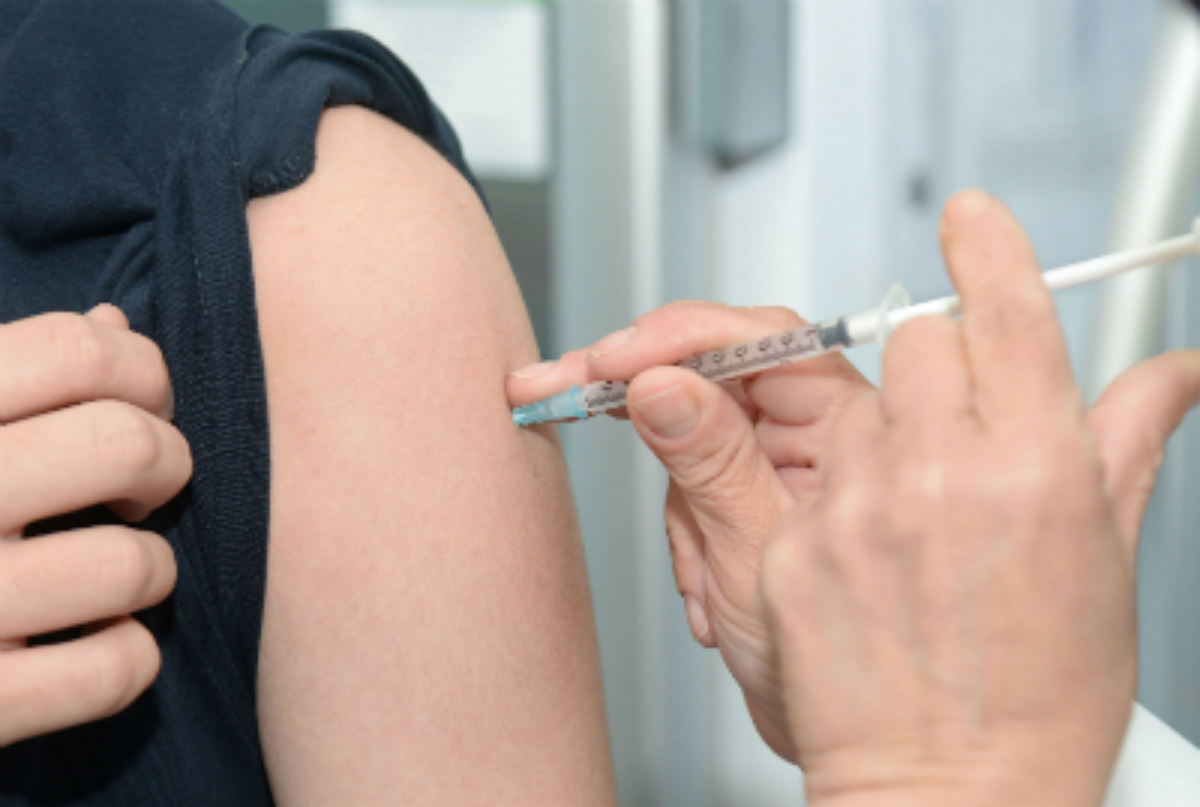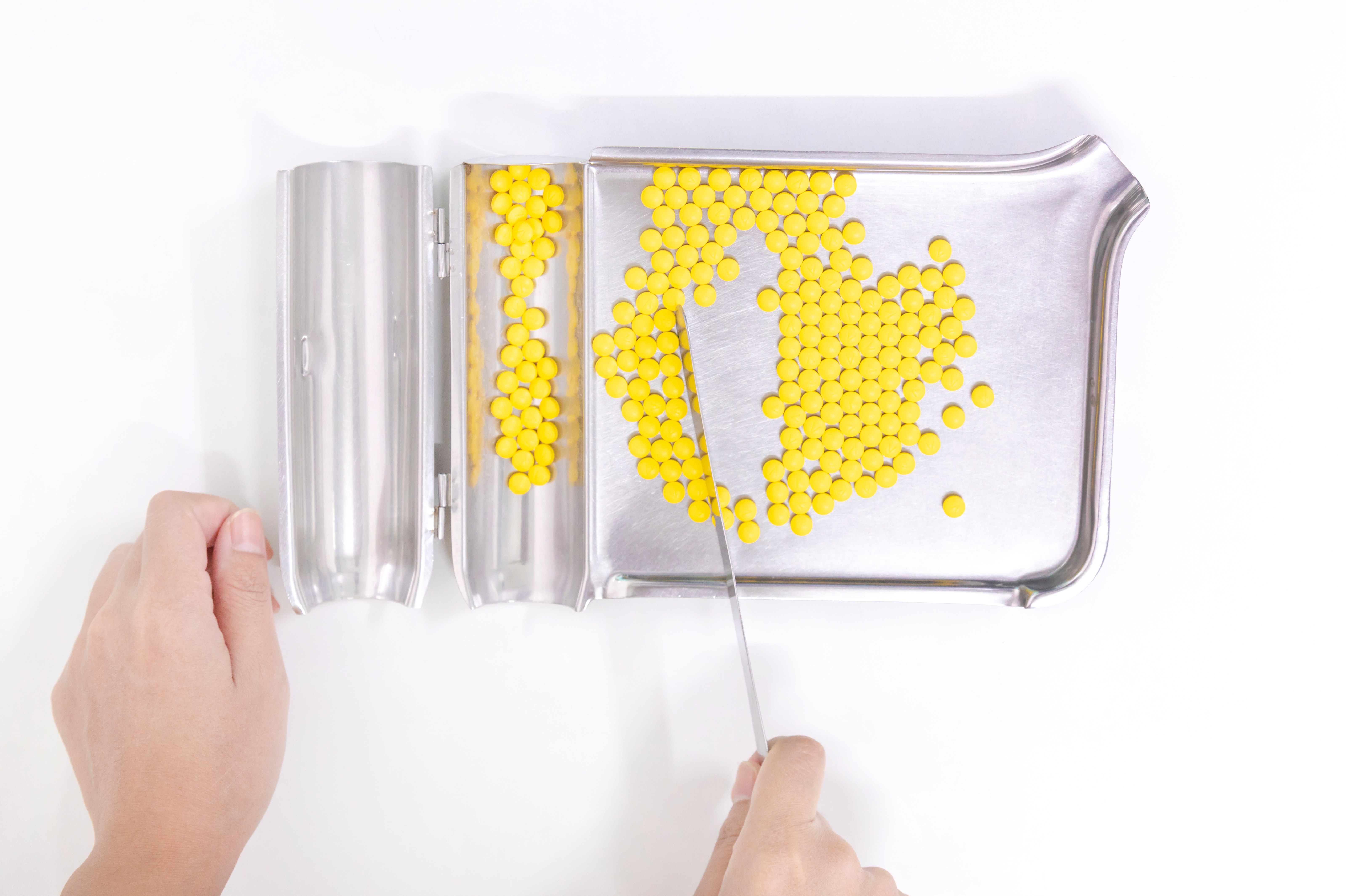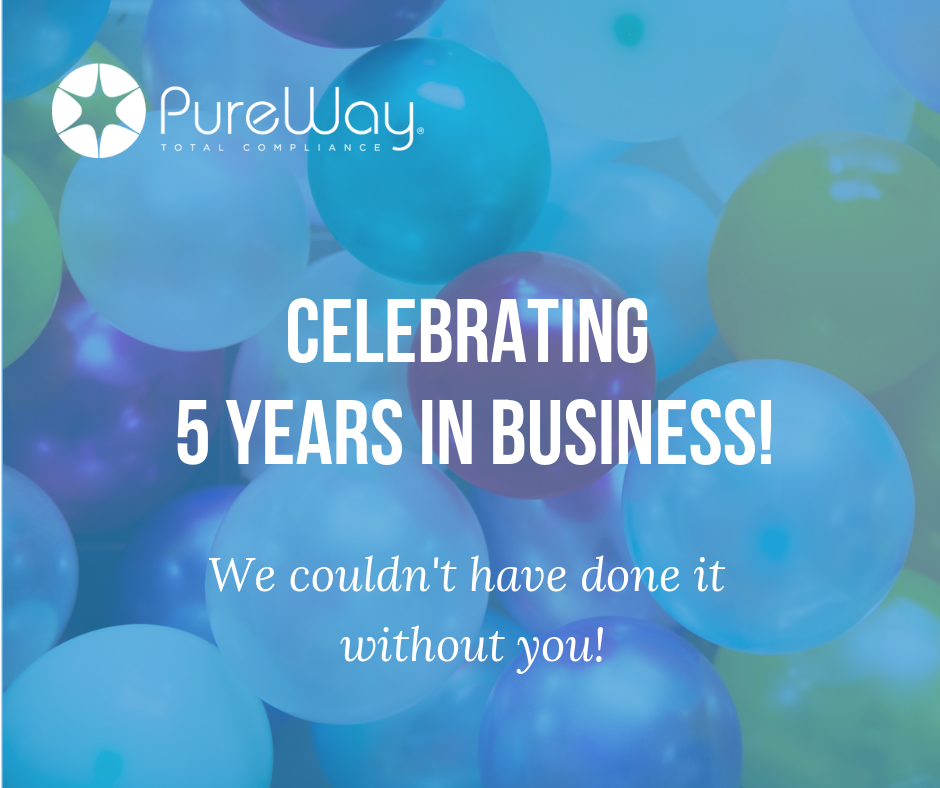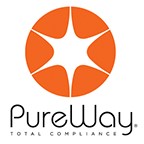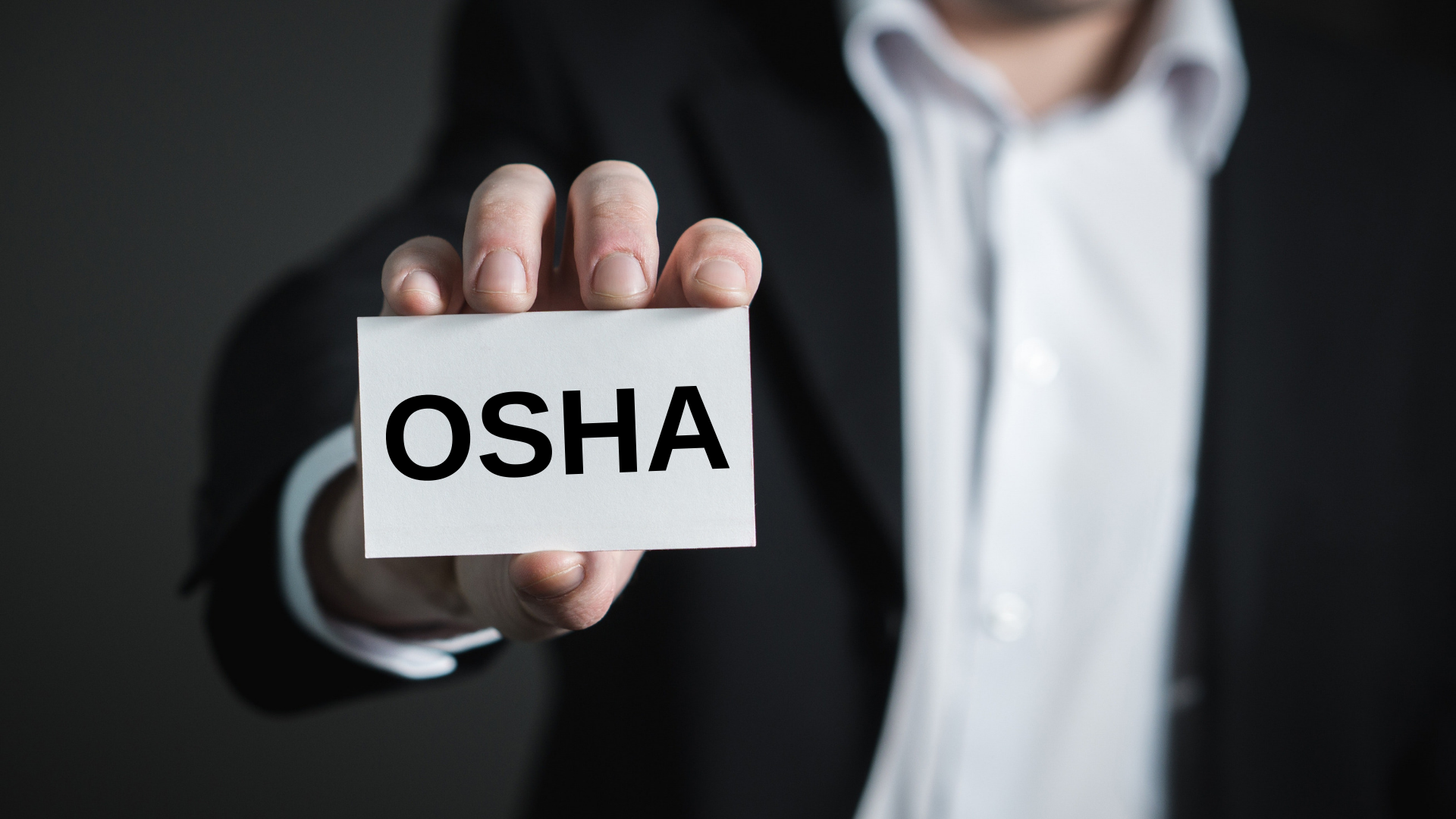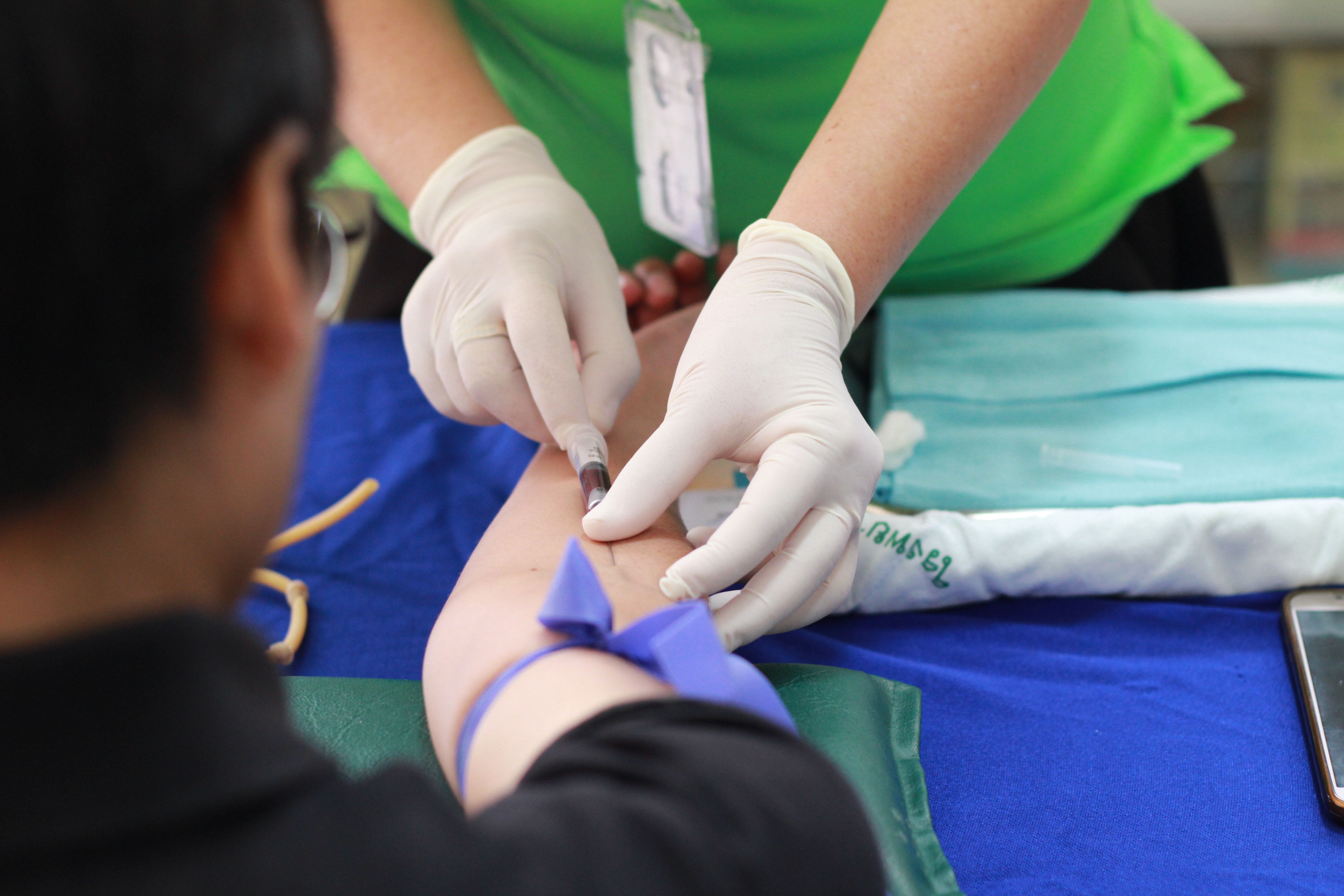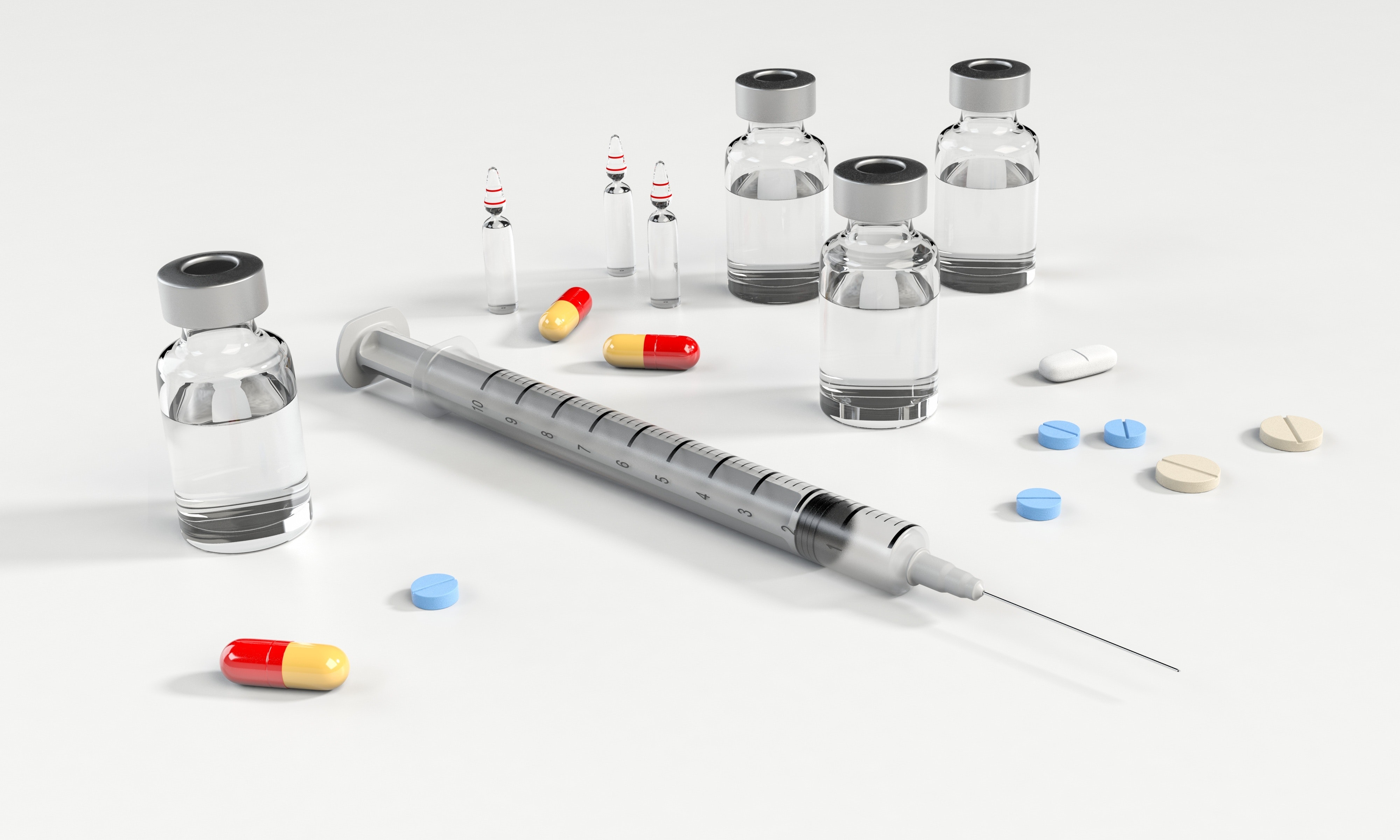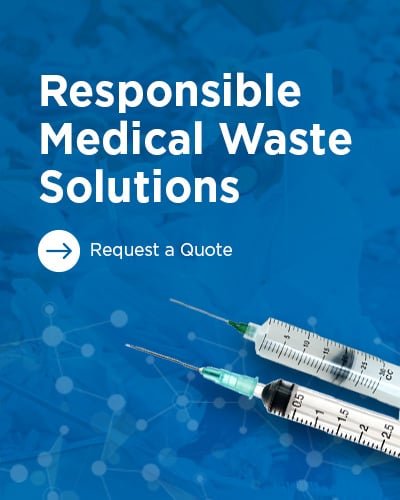Medical waste disposal can be an expensive reality for any facility that handles bio-hazardous materials. Regulations created both by OSHA and the State identify what materials can be labeled as medical waste, and the over-classification of this waste often leads to a facility overpaying for its disposal. However, there are ways to reduce these costs associated with the disposal of medical waste. In this blog we will cover ...
An estimated 110,000 deaths due to measles outbreaks occurred globally in 2017, a dramatic increase compared to previous years. Experts attribute these breakouts to the gaps in vaccine coverage, with reported measles cases increasing by more than 30 percent worldwide from 2016. According to Dr. Seth Berkley, CEO of Gavi, the Vaccine Alliance, “The increase in measles cases is deeply concerning, but not surprising. Complacency ...
In 2016, the U.S. Department of Health and Human Services conducted a national drug use survey, and the results were staggering: 91.8 million American adults aged 12 and up (37.8%) reported prescription opioid use, and 6.2 million of those users reported misusing them. Every 14 minutes, someone in the U.S. dies from an unintentional drug overdose or accidental poisoning. Opioid epidemic Why are these numbers so high? The ...
A Magnificent Journey - By Jeffery Miglicco, CEO PureWay has reached a major milestone that unfortunately most small businesses never reach. Last quarter, PureWay celebrated our fifth year in business and it has been an amazing ride. Our journey started November of 2013 with three people in Houston, TX. Since our beginning we have serviced over 250,000 thousand facilities and people across all 50 states in the dental, ...
PureWay, a healthcare-focused provider of sharps disposal, biohazard waste disposal and compliance solutions, is proud to welcome Thomas Kennedy as head of sales and business development efforts, effective immediately. Mr. Kennedy will report directly to Jeffery Miglicco, CEO for PureWay. Mr. Kennedy has previously worked for Johnson & Johnson Medical, Globus Medical, WRP Asia Pacific, and Stryker, all where he held ...
As work environments evolve, so too do OSHA’s Guidelines for Safety and Health Programs. The most recent update released by OSHA can be used by both small and large businesses alike, whether that business is one that is just beginning or one that is simply desiring to implement improved safety regulations. Through the use of these programs, business owners can avoid unnecessary workplace injuries and illnesses. Getting ...
We’re trying something new. Something we know you’ll enjoy! Every. Single. Week. We’re giving our newsletter subscribers the chance to win a $50 Amazon gift card! Every. Single. Week. No hidden agendas, no fees, no minimum purchase involved. Why are we doing this? To put it simply, we want our blog to be the one you frequent for your medical news articles and informative pieces. What better way to accomplish this than to ...
Europe is on a mission to eradicate HIV/AIDS by 2030. Significant strides have been made in that direction, but the population is still in the midst of an epidemic. Nearly 160,000 new HIV diagnoses were reported in the WHO European Region in 2017, with over 130,000 of those diagnoses occurring in Eastern Europe alone. The European Centre for Disease Prevention and Control (ECDC) and the WHO Regional Office for Europe have ...
An outbreak of the deadly Ebola virus disease has been declared by the Ministry of Health of the Democratic Republic of the Congo (DRC). As of this post, there are 421 cases, including 241 deaths, attributed to this outbreak. This is the second outbreak to hit the North Kivu province this year, and this latest report comes only a week after the official declaration that the previous outbreak had ended. On November 26th, the ...
More than 100 million adults in the United States are living with the reality of diabetes or prediabetes. According to a report by the Centers for Disease Control and Prevention (CDC), as of 2015, 30.3 million Americans (9.4 percent of the U.S. population) have diabetes, and another 84.1 million have prediabetes. Outside of healthcare facilities, approximately 9 million sharps users will administer at least 3 billion ...
Category
- sharps disposal (37)
- Medical Waste (36)
- sharps container disposal (34)
- sharps mail back (28)
- Compliance (25)
- Pharmaceutical Waste Disposal (16)
- Safety (15)
- Infection Control (13)
- Dental Practice (12)
- biohazardous waste disposal (11)
- OSHA (10)
- #GLP1 (9)
- Hazardous Waste (9)
- patient support programs (9)
- News (8)
- Universal Waste (8)
- amalgam disposal (8)
- Hazardous Waste Disposal (7)
- amalgam separators (6)
- vet sharps disposal (6)
- Diabetes (5)
- OSHA Training (5)
- amalgam recycling (5)
- dental clinical waste disposal (5)
- Amalgam (4)
- Diabetes Mangagement (4)
- ECOII Amalgam Separator (4)
- Diabetes Awareness (3)
- News & Regulations (3)
- medication disposal (3)
- quart containers (3)
- surface disinfectant (3)
- veterinary medical waste (3)
- Diabetic Kit (2)
- HIPAA (2)
- flu vaccine (2)
- influenze (2)
- BioSURF (1)
- HIPAA Compliance (1)
- HIPAA Law (1)
- HIPAA Violation (1)
- RP Returns (1)
- improving patient experience (1)
- sharps disposal for veterinarians (1)



